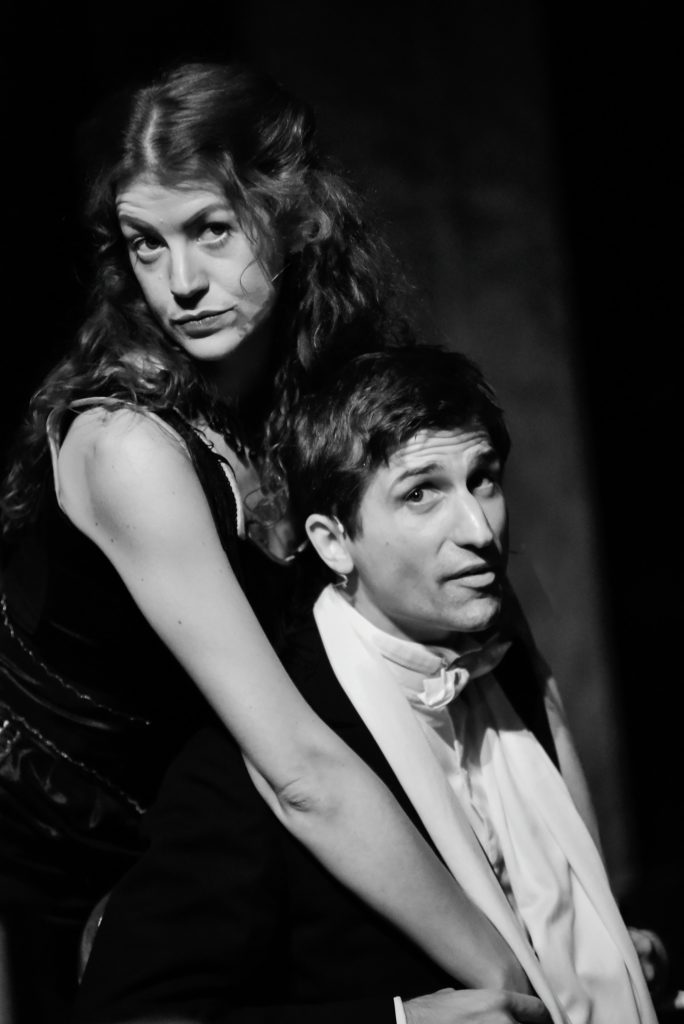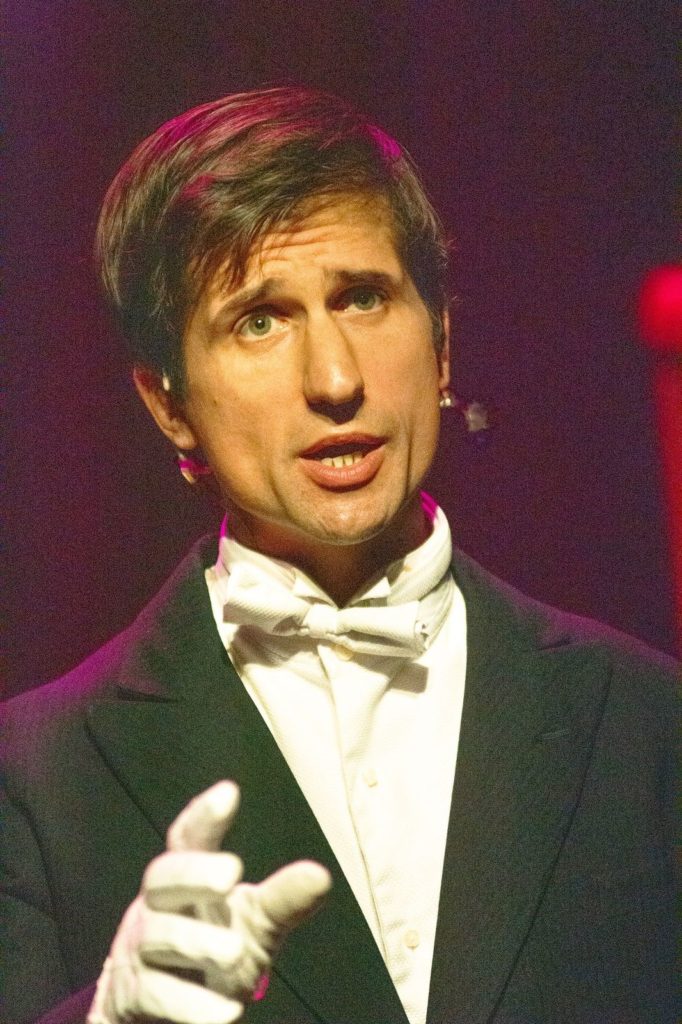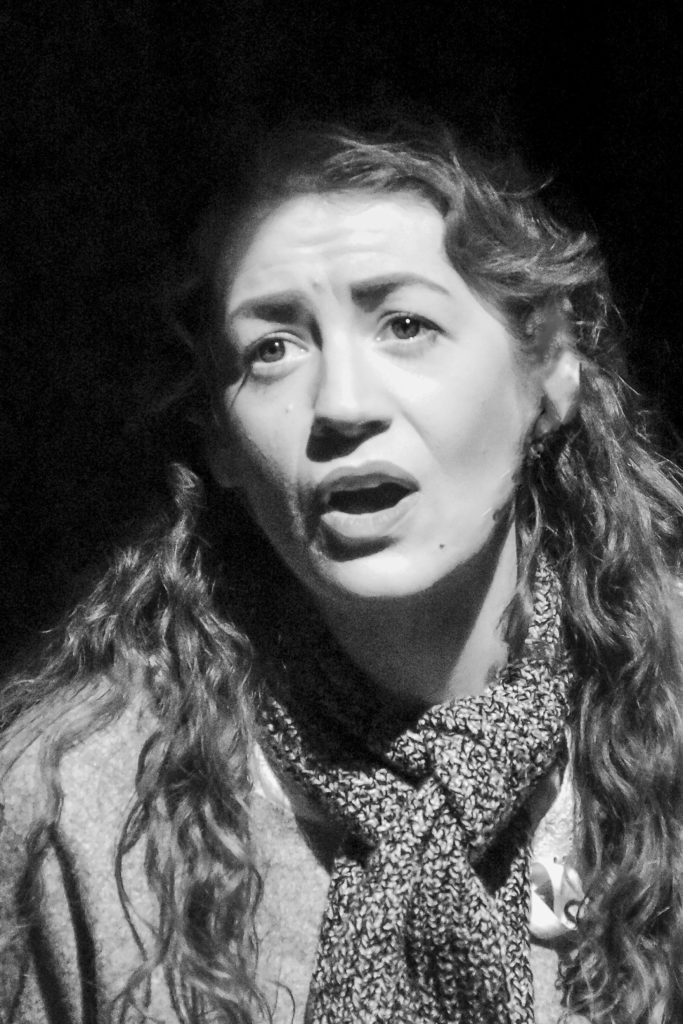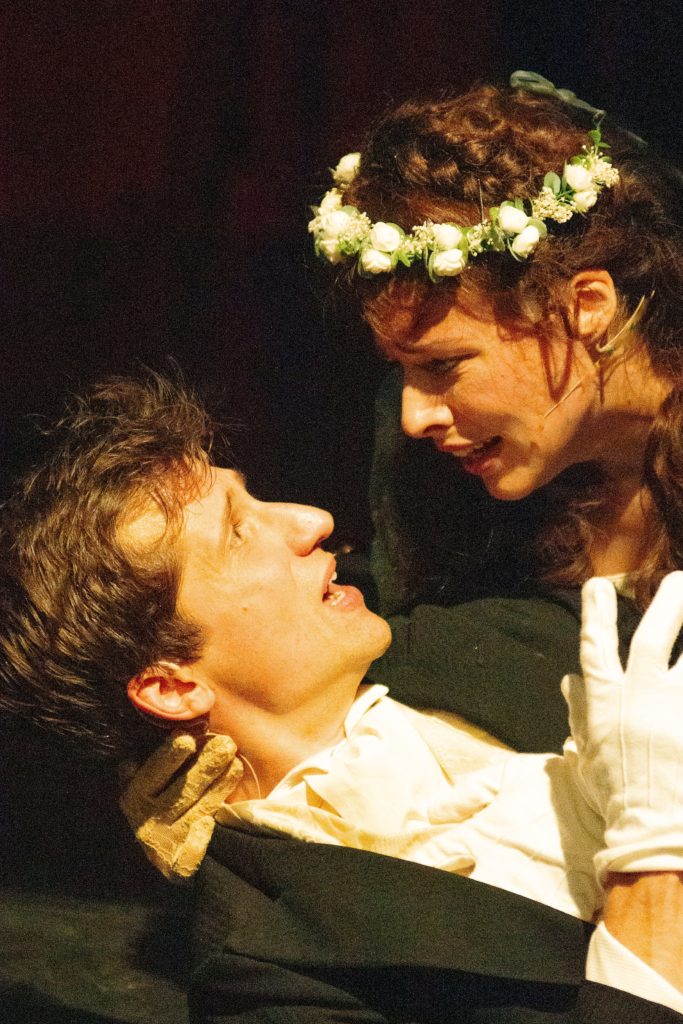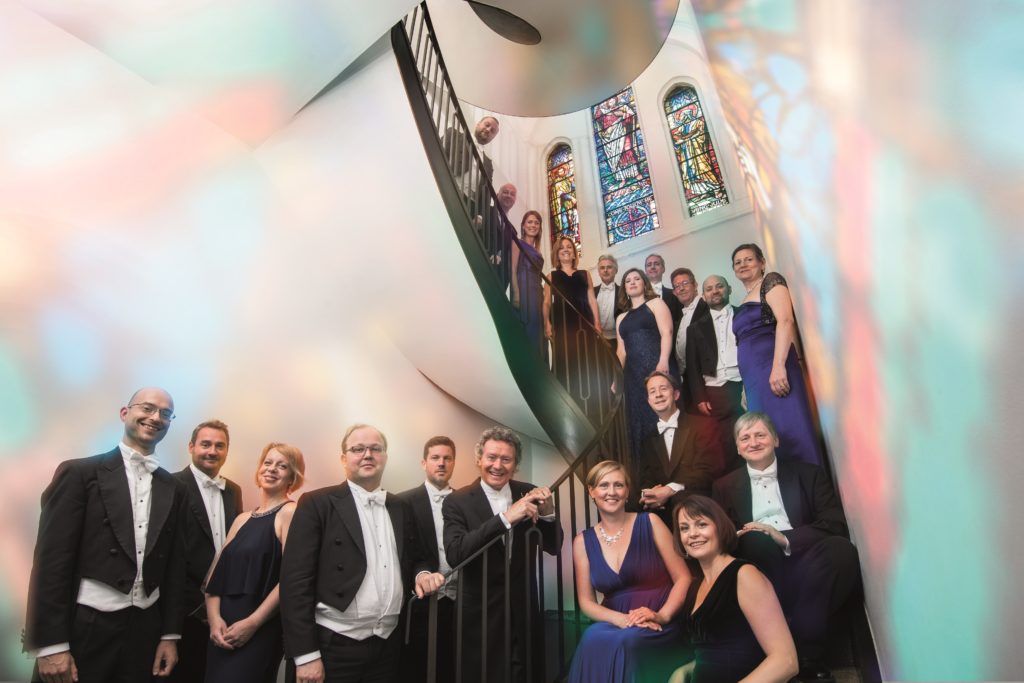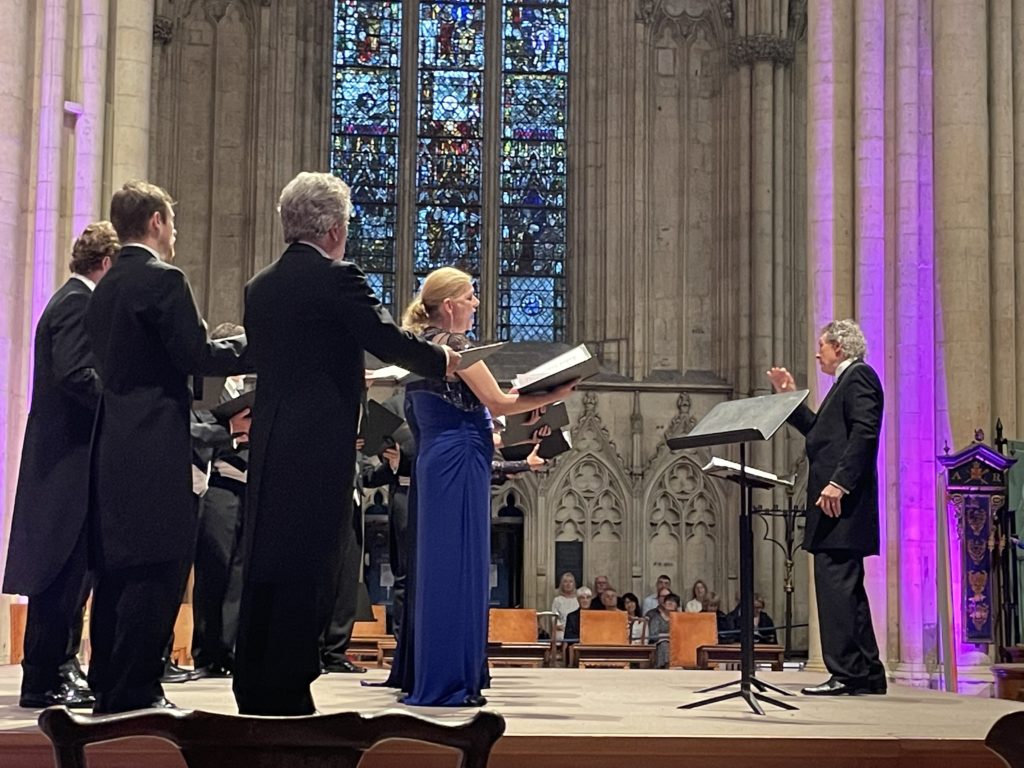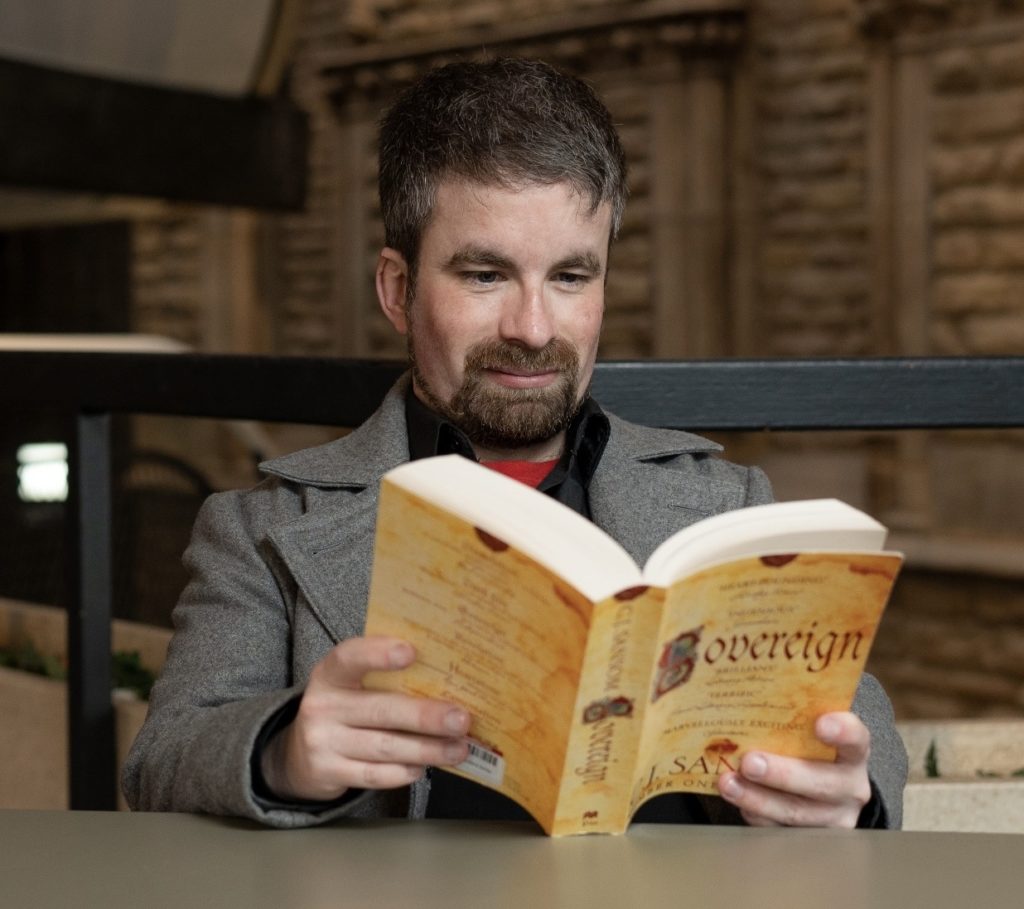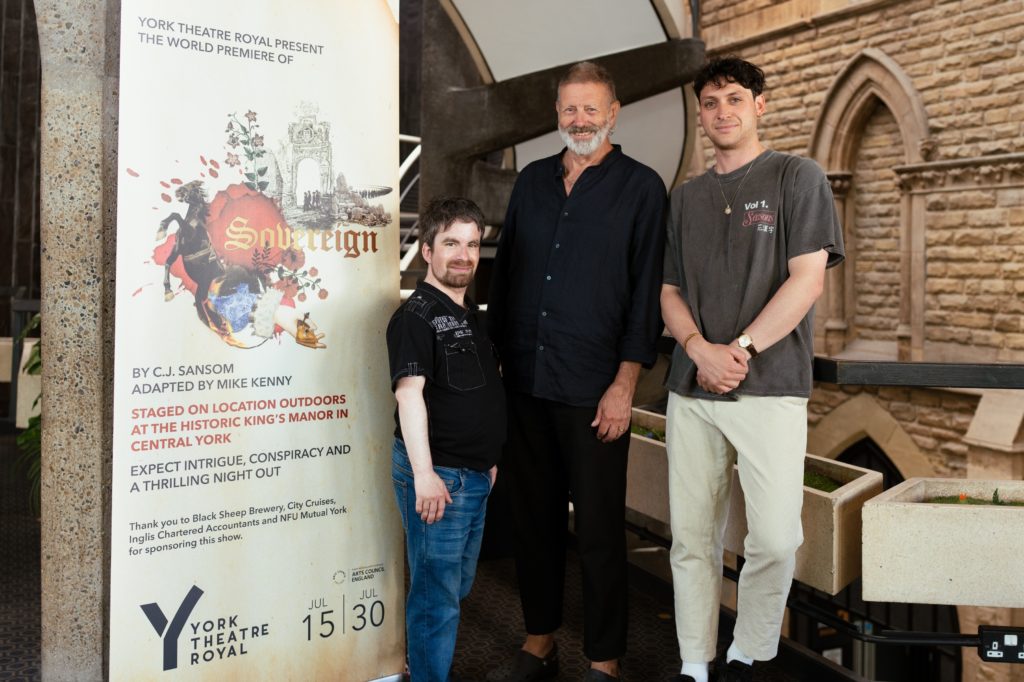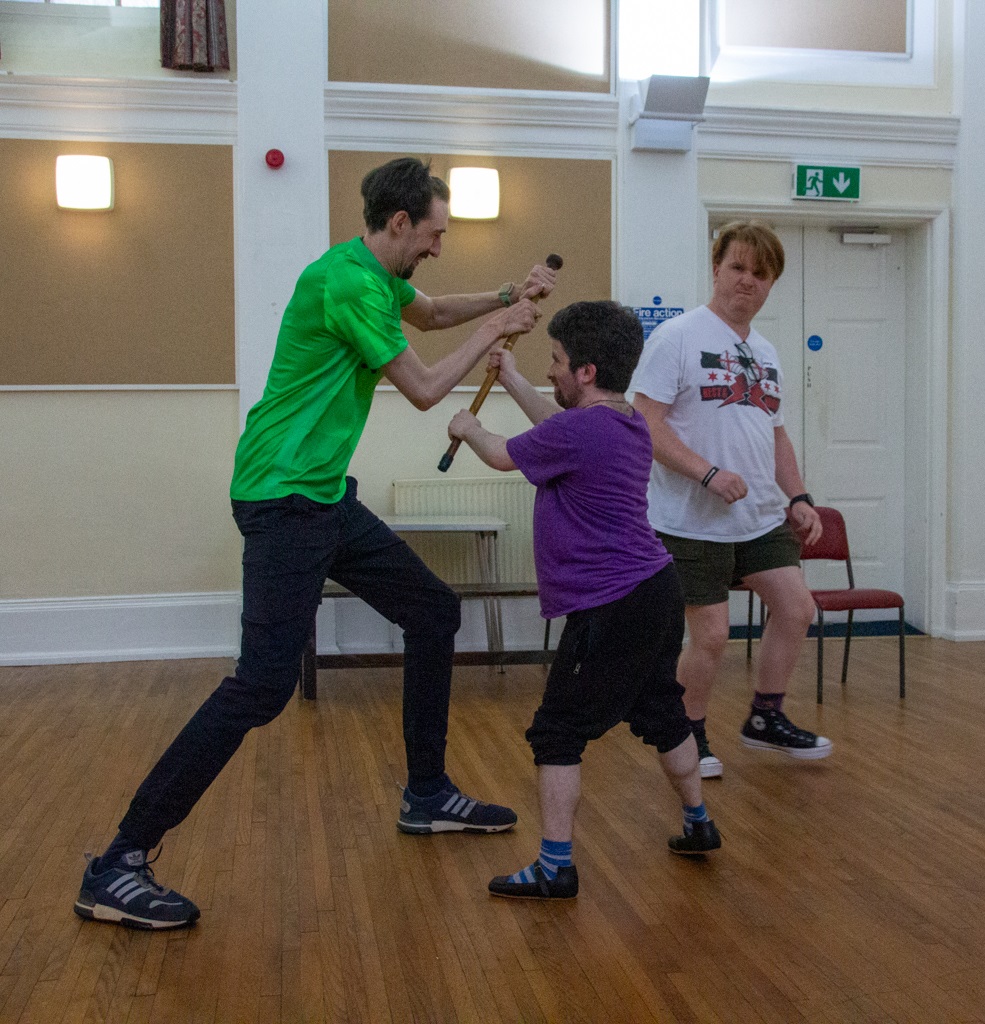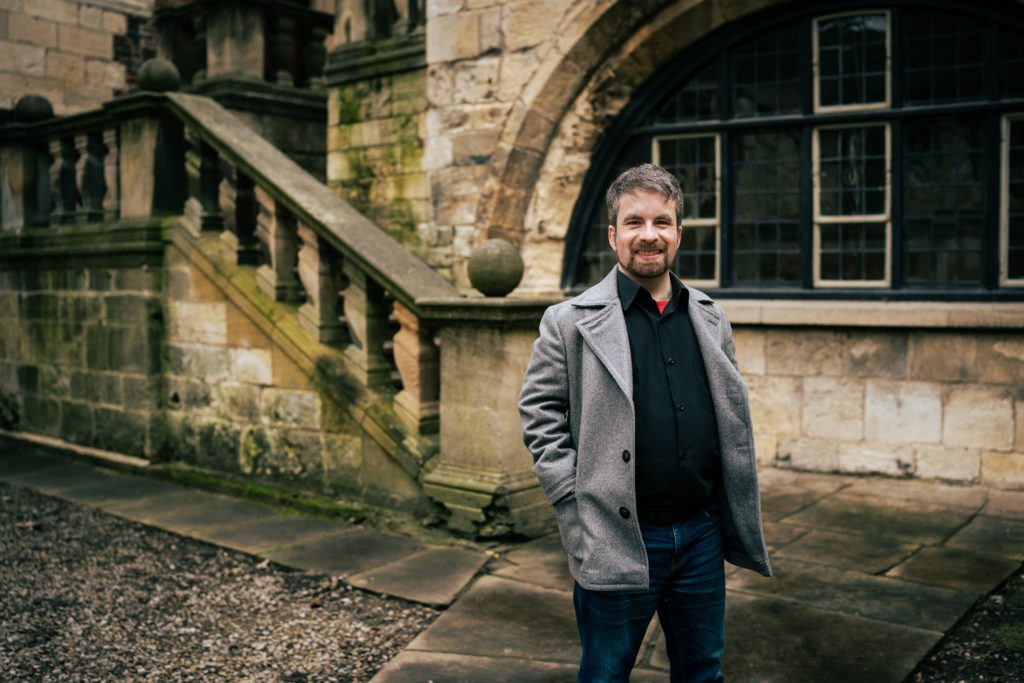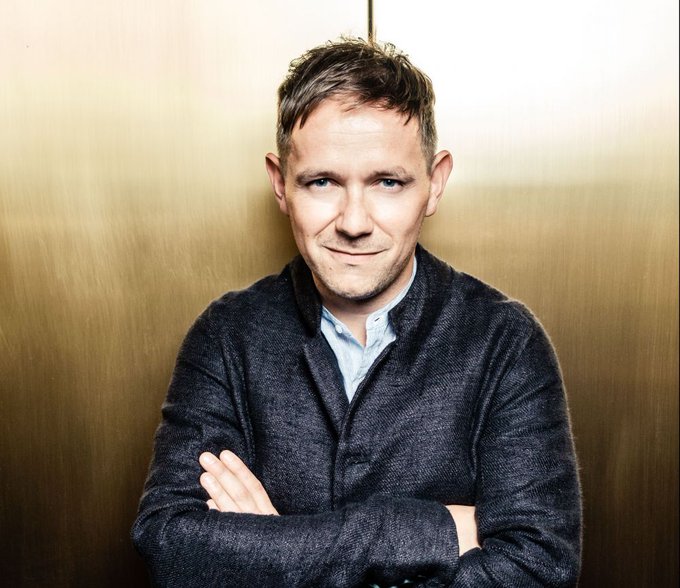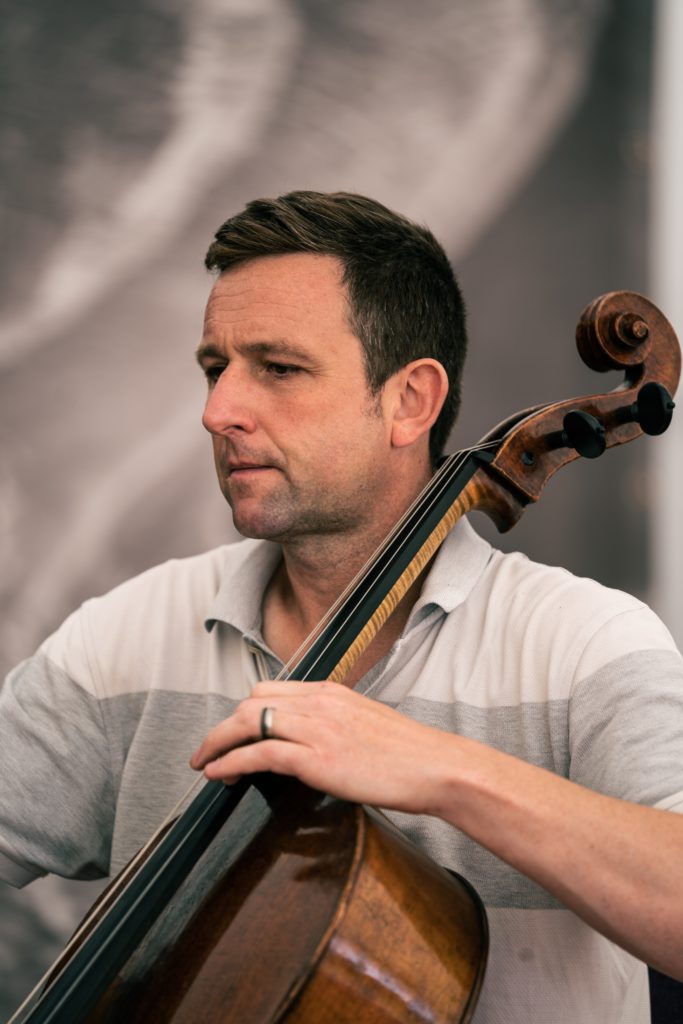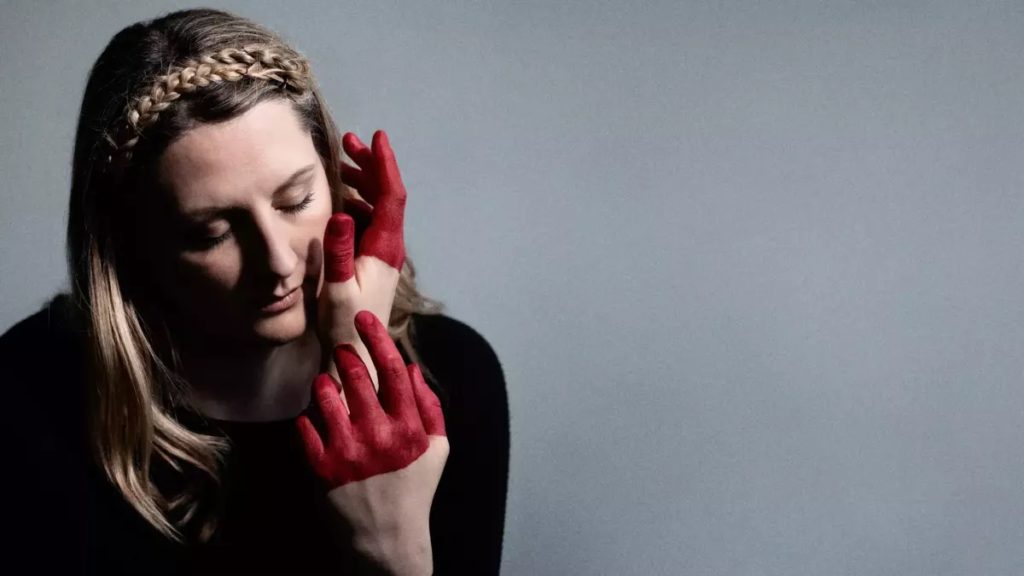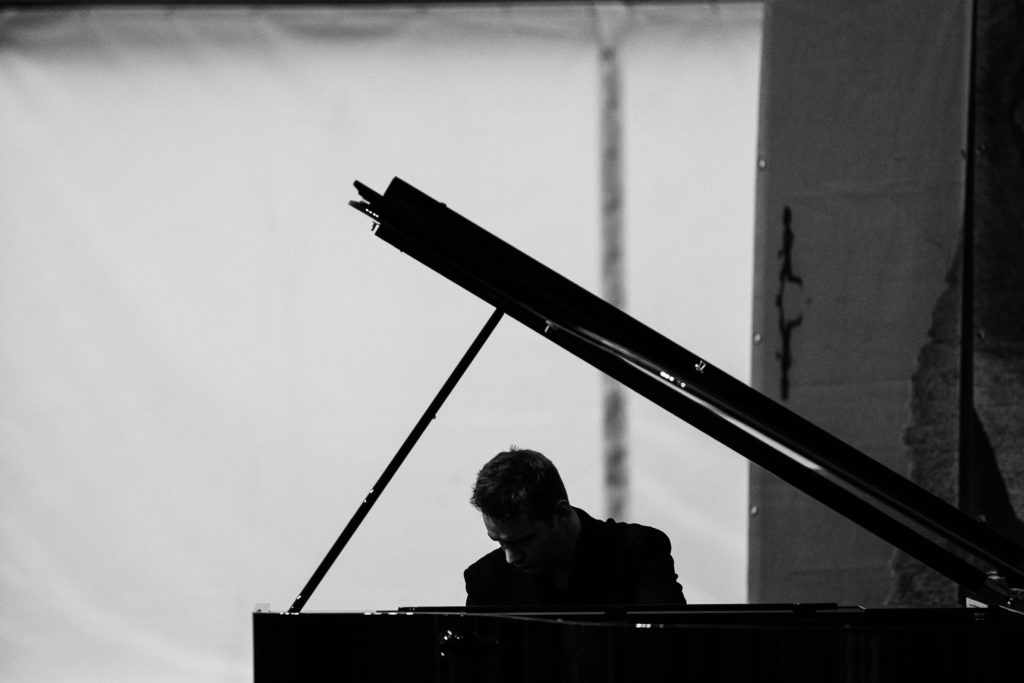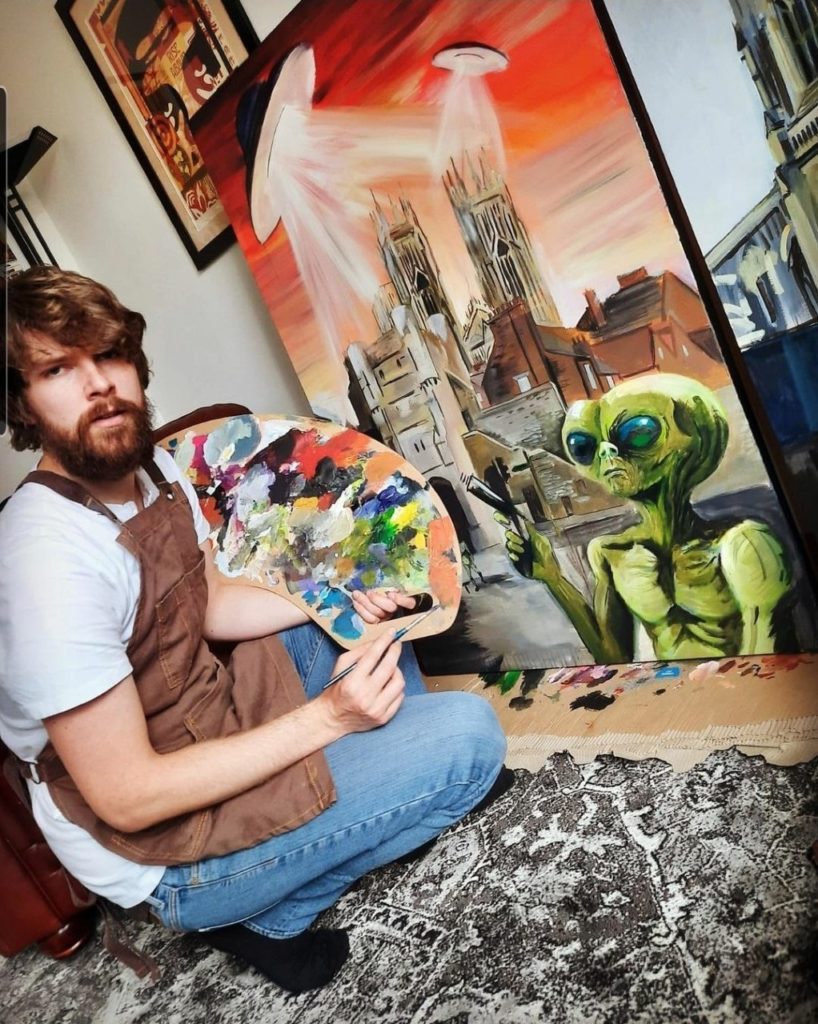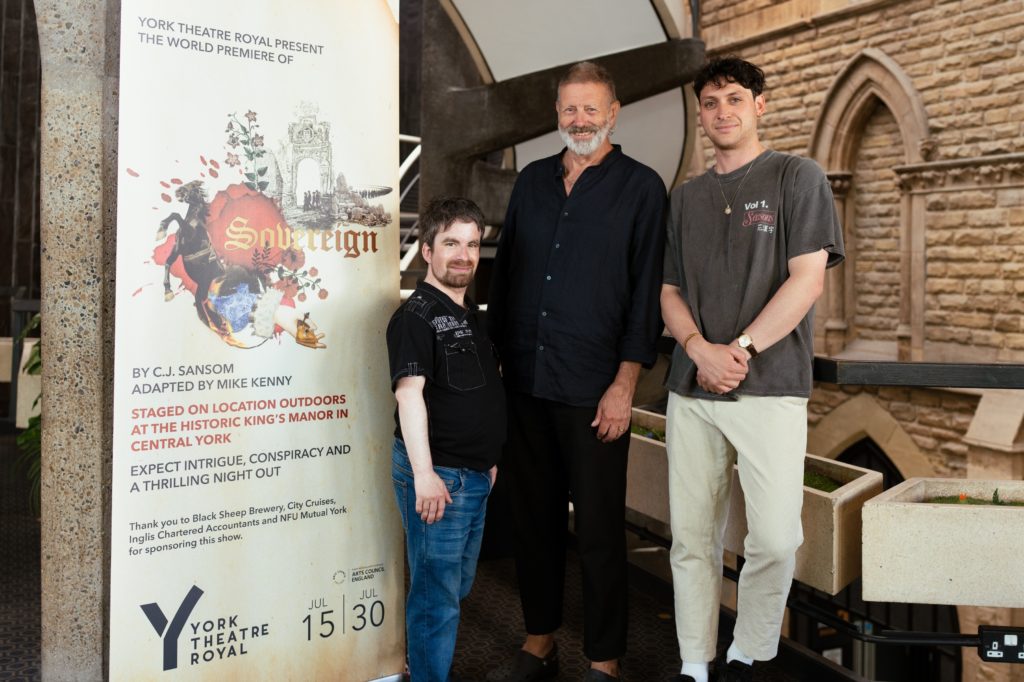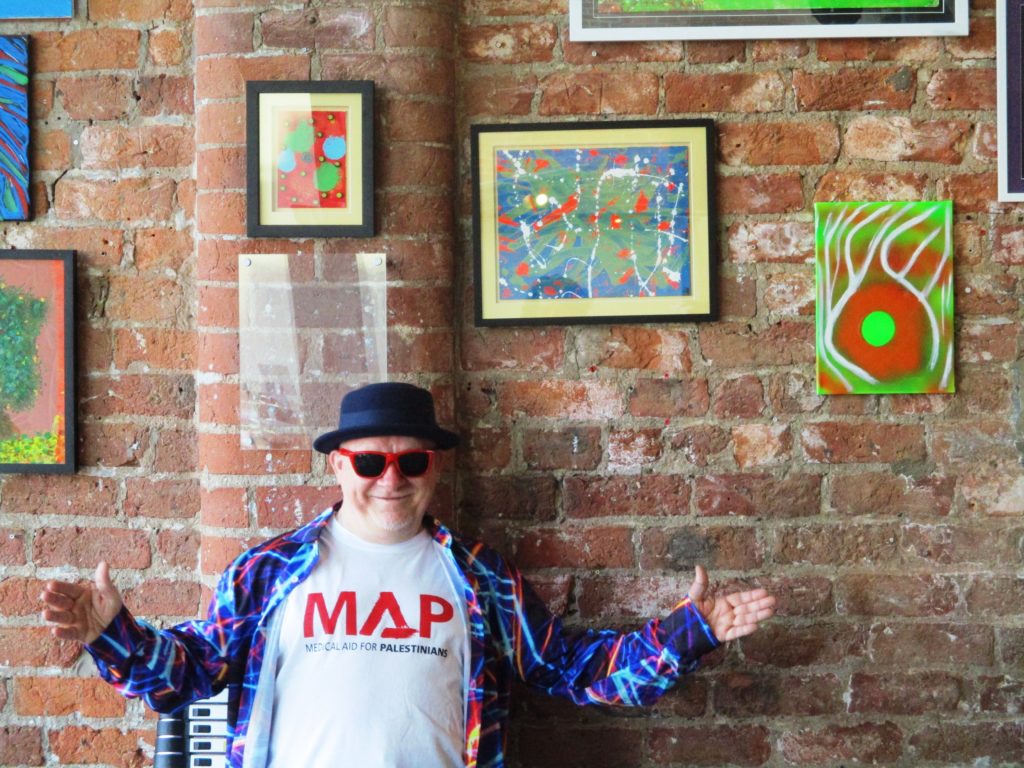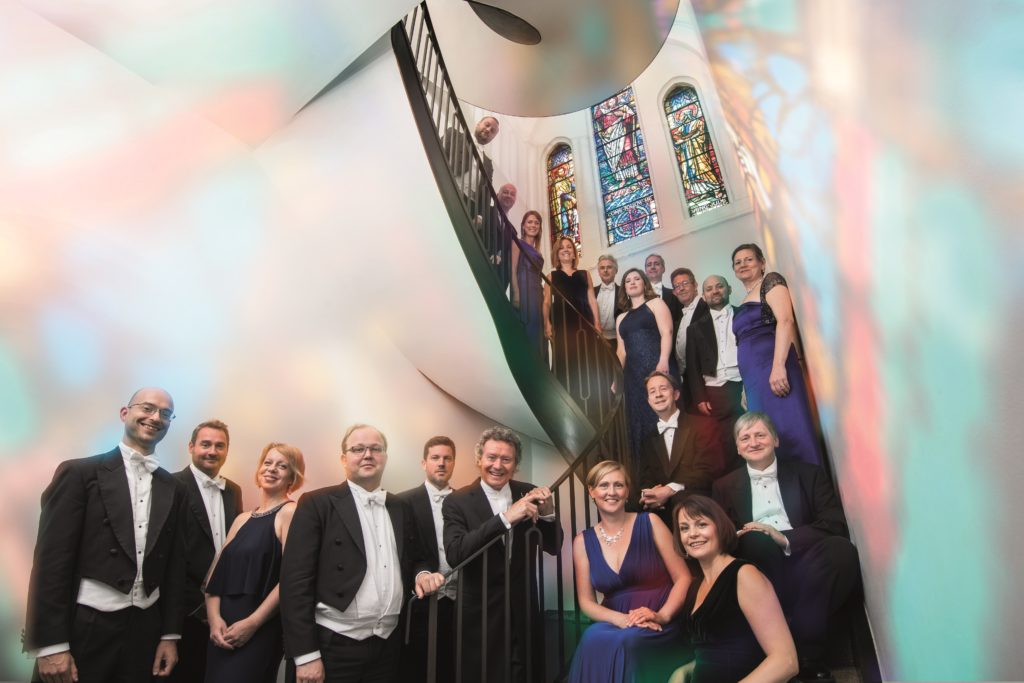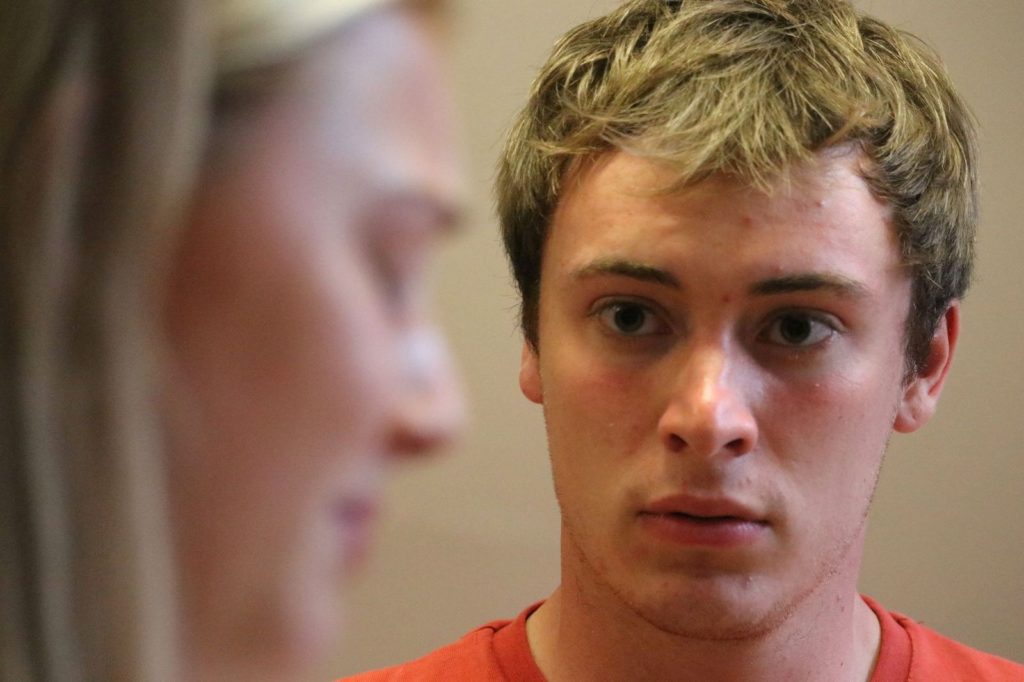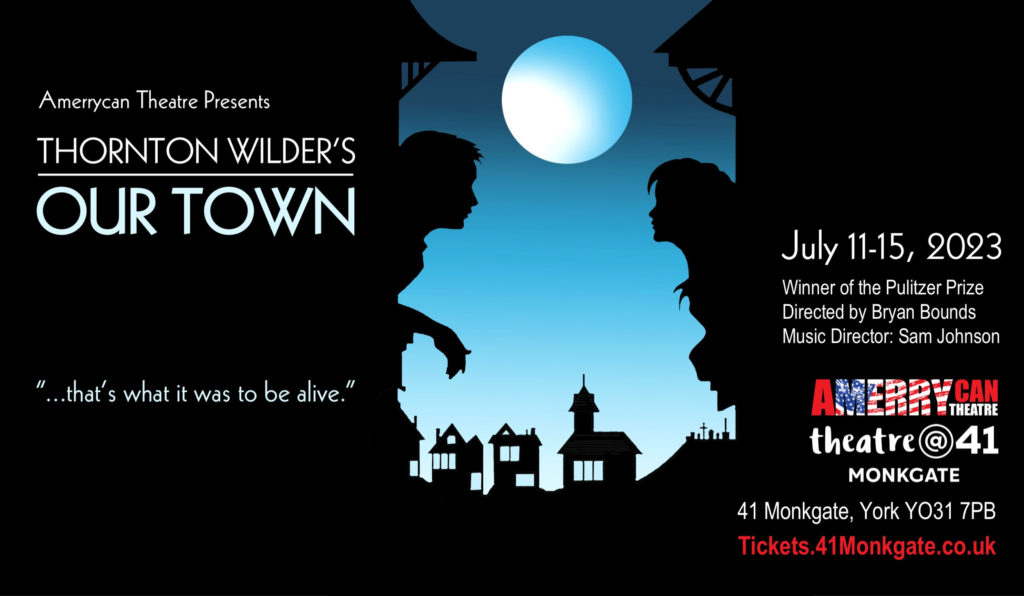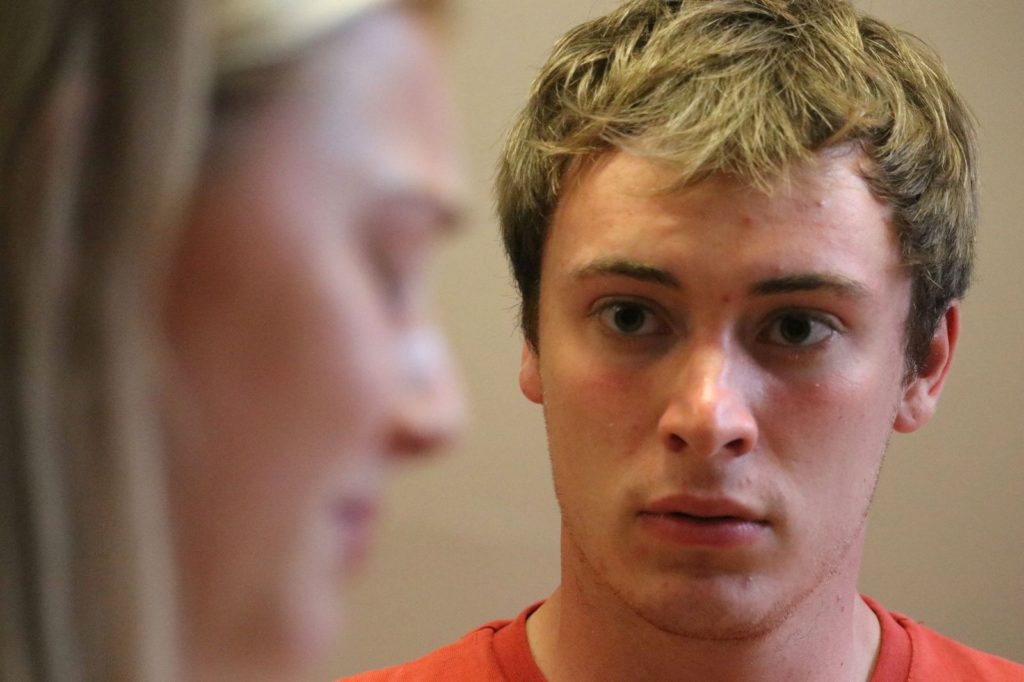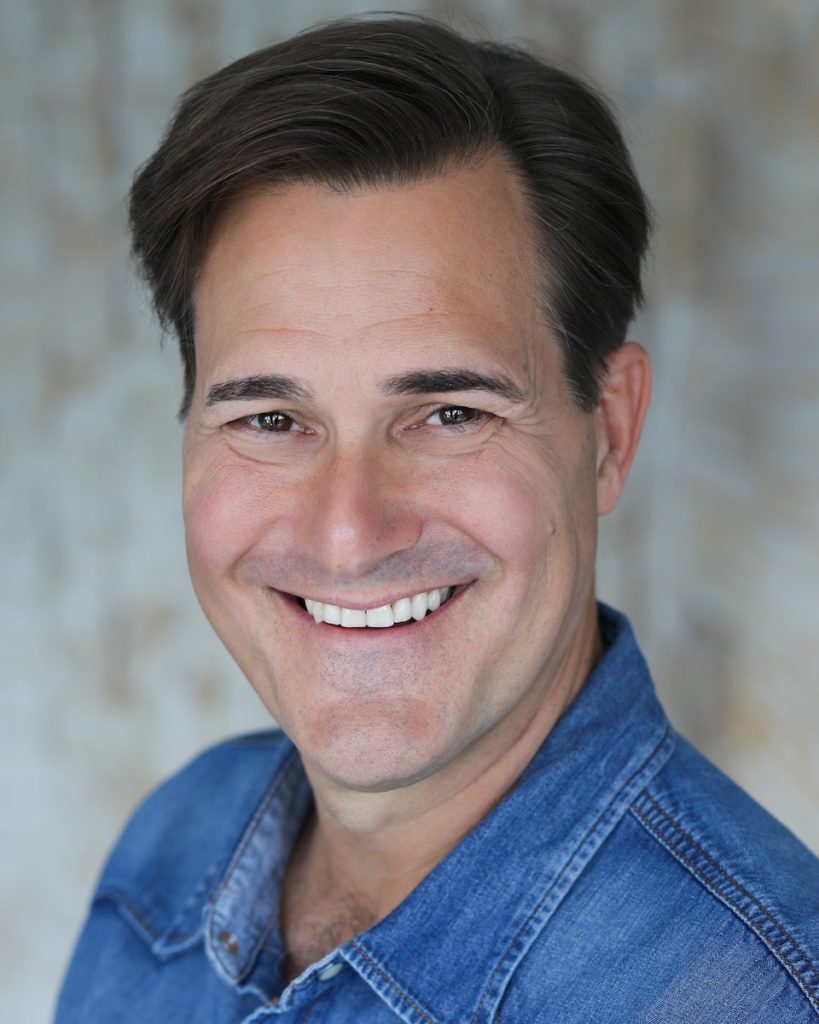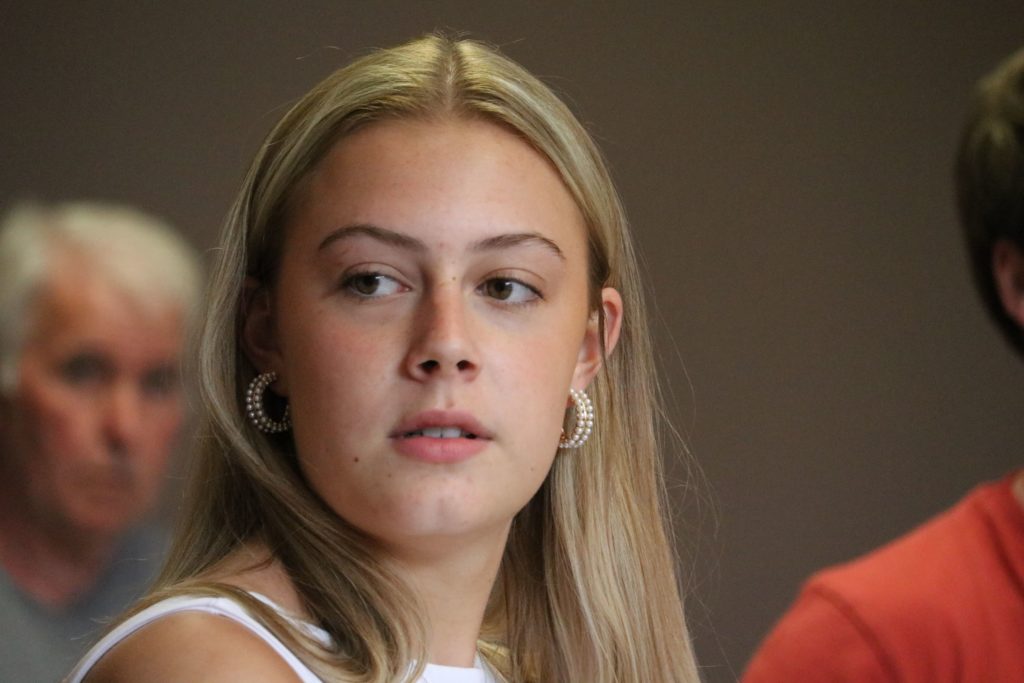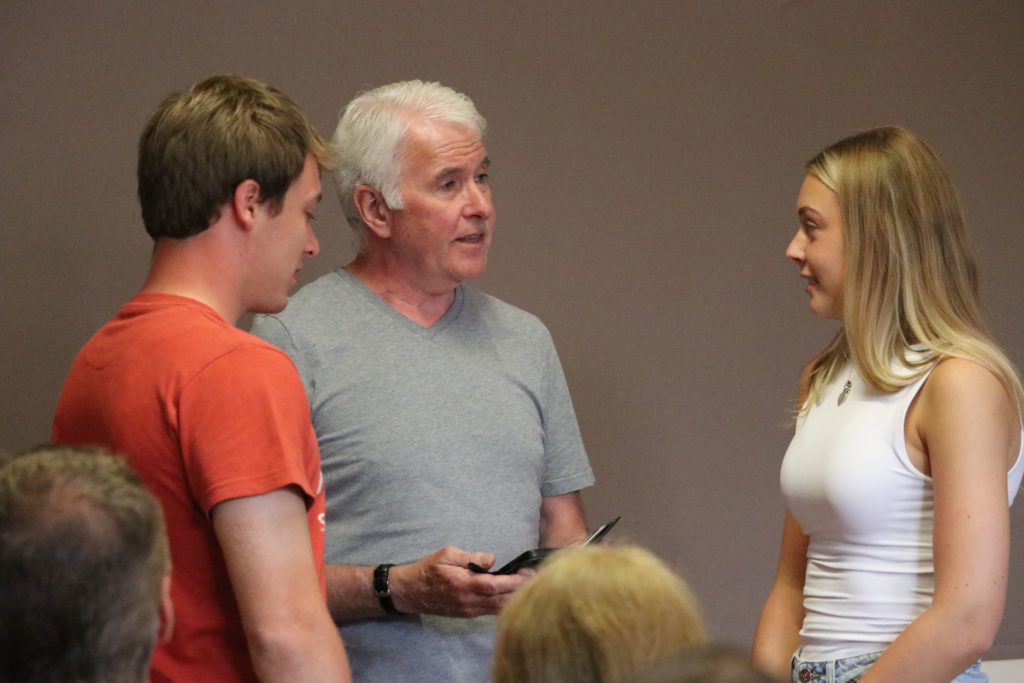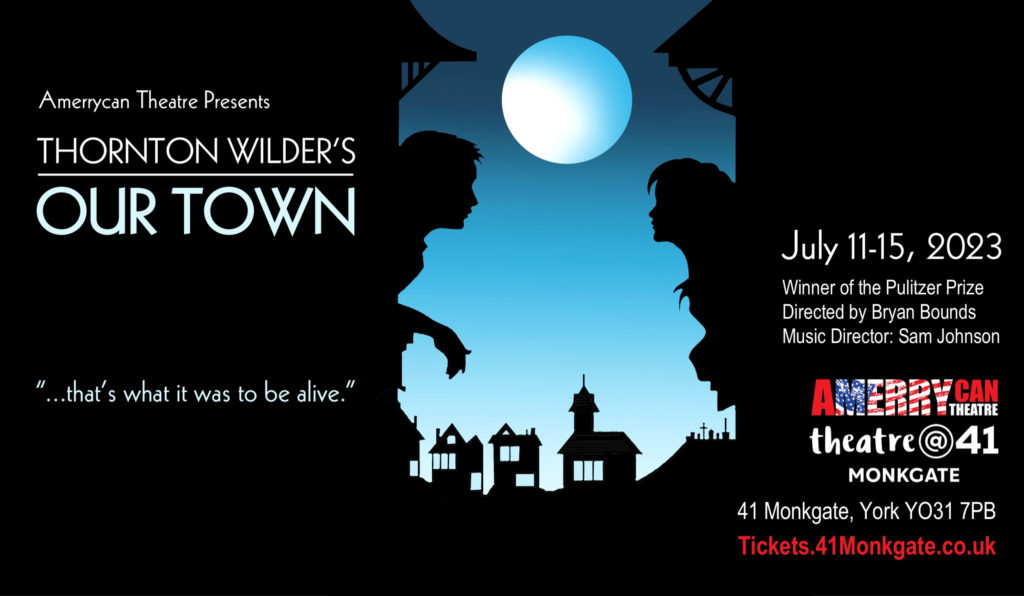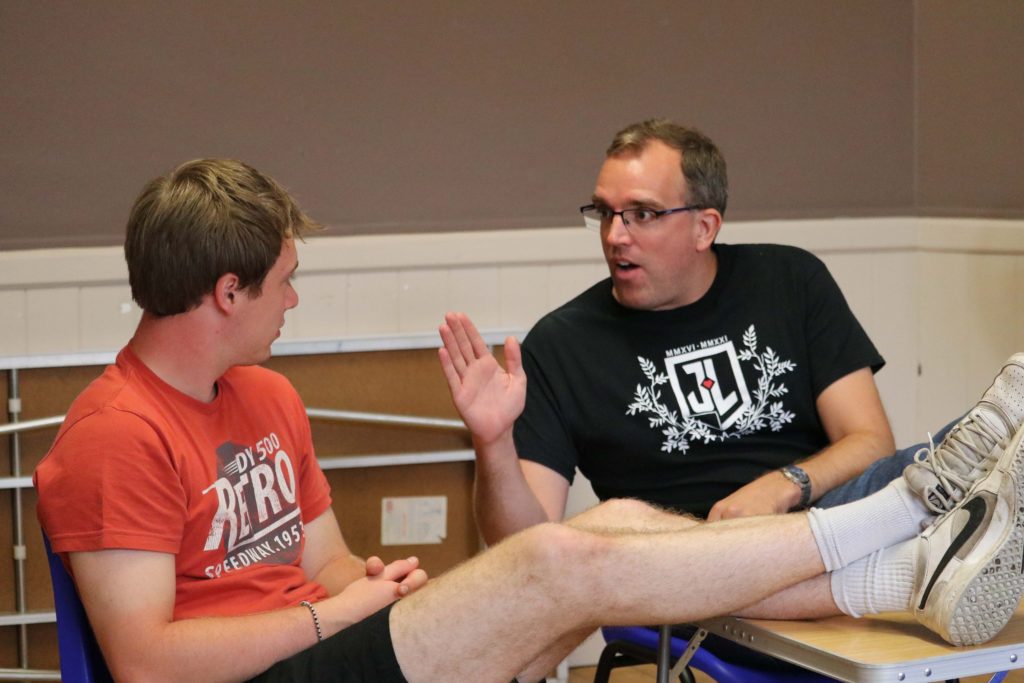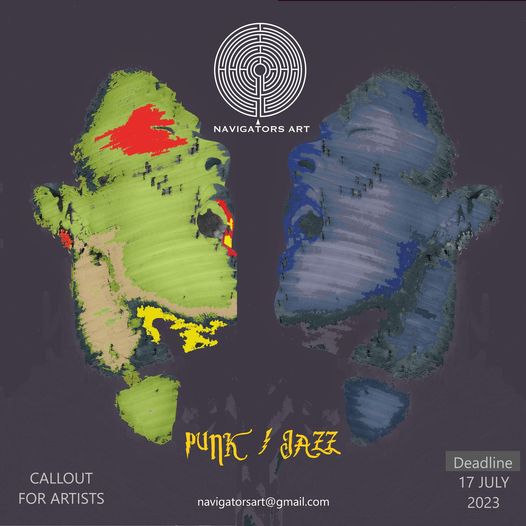
YORK community collective Navigators Art & Performance is inviting York artists to submit work for its next show, Punk/Jazz.
“We’ll select the pieces we think work best and they’ll be exhibited in two bar venues in York – one small, the other, average size –from August 16 until October 17, with an official launch night on August 18,” says co-founder Richard Kitchen.
Submissions must be made by 9am on Monday, July 17. Full details can be found on Navigators Art’s Facebook and Instagram pages, @navigatorsart, or send an email to navigatorsart@gmail.com.

Explaining the exhibition theme, Richard says: “Positive vibes or no future? Are Punk and Jazz at odds or two sides of a coin? Both can be controversial, uncompromising, confrontational. Both can be healing.
“The best of each is groundbreaking, seeking to push the limits of what’s possible. The differences are interesting too! How does the music channel your own feelings? Can your art reflect all or some of this?
“The show will be a creative exploration of the two genres, so be imaginative with your response. Whatever your experience in making art, we encourage submissions from all areas of society. No sculptures, installations or screen-based work this time, sorry.”
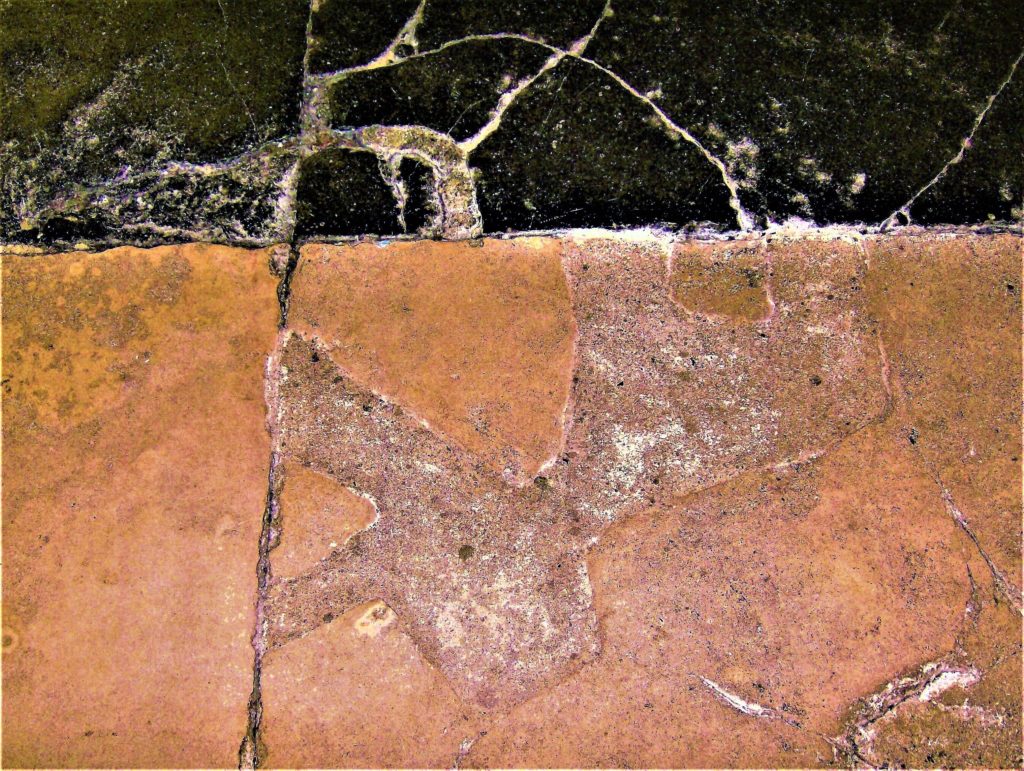
A related themed live event at The Basement, City Screen Picturehouse, on October 14 will complement the exhibition. “We’d like to hear from interested musicians, as well as visual artists for the exhibition, with the same deadline for submissions of 9am next Monday,” says Richard.
Updating on Navigators Art & Performance’s projects in 2023, Richard says: “At present we’re stripping down the Navigators engine and doing a bit of retuning. Our Hidden Treasures exhibition, which ran at York Explore library until July 6 as part of the York Festival of Ideas, has now expanded and will extend its run there to early September.
“The Living Treasures performance event, featuring writers, musicians and performers in an evening of original music and words at The Basement on June 10, was a big success, leading to us being offered a regular slot there. We’ll be able to do all kinds of music, spoken word and art events there and we’ll soon have some ideas in place.”
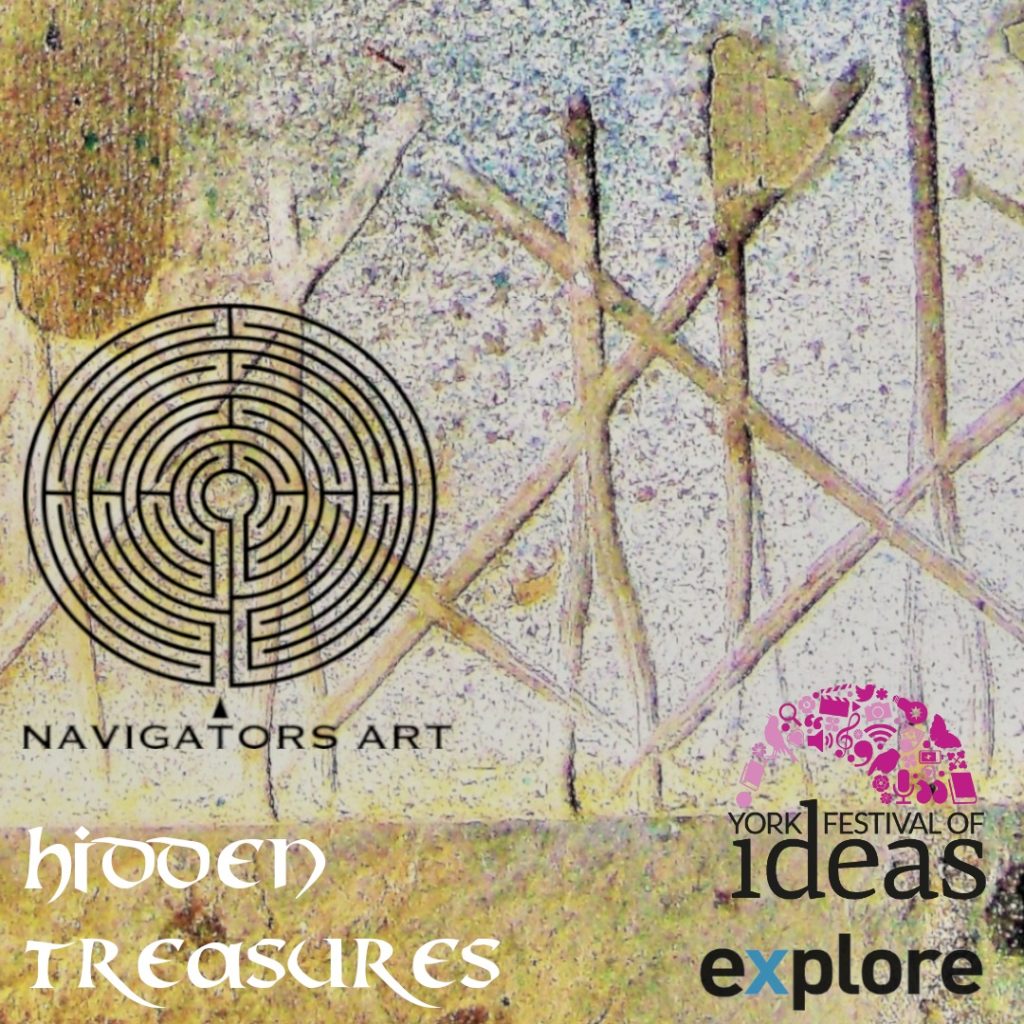
For this Basement project, Navigators Art & Performance is issuing a call-out to “team-spirited creatives”: musicians (bands, solo, indie, jazz, punk, folk, world, hip-hop, electronica and more), plus poets/spoken-word performers, dancers and comedians.
“We’ll be organising a series of live events between now and December at The Basement,” says Richard. “We often link themed live events to our art exhibitions, but this is an additional showcase for emerging acts as well as for experienced artists who may want to try out some new material. Of course, you may just love an opportunity to play somewhere!”
Richard continues: “We’ve built a friendly, talented, enterprising team, and there’ll be opportunities for creative collaborations and other activities in the future.
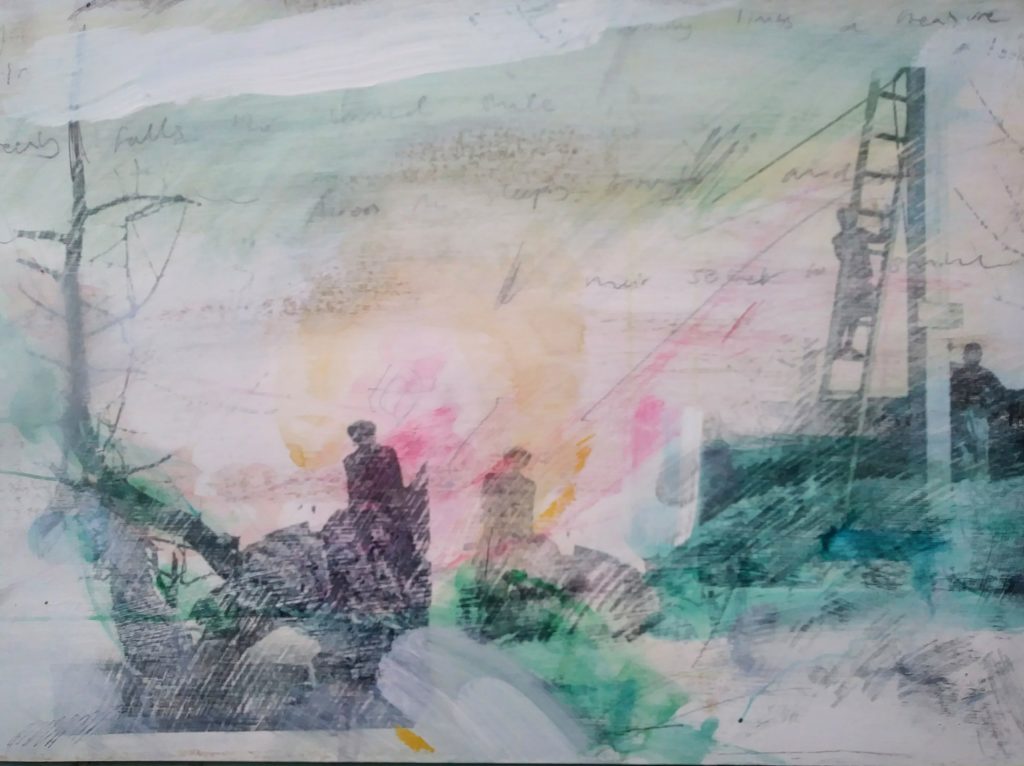
“These events are like an open mic but with a prearranged line-up and costs to cover. Because of the nature of the occasion and our ethos, we try to keep prices down and affordable to all.
“We aren’t funded so we aren’t employers. We have to ticket events to pay for venue hire and a sound engineer’s fee. Anything over gets split between performers and group funds to subsidise future occasions.”
Outlining the performance strategy for these live events, Richard says: “We want to present original music rather than cover versions or tribute acts, plus new poetry, dance, etc. We’d like the audience to feel they’ve discovered something new and exciting.

“If interested in taking part, please give us a follow and message us @navigatorsart (Facebook and Instagram) or email navigatorsart@gmail.com. Tell us what you do and include a link to a performance of some kind, especially if we don’t know you already. And be sure to list your available Saturdays. We aim to kick things off in late-July and we’ve already had some interest, so don’t delay.”
Looking ahead, Richard says: “We’re planning a live show for the Christmas festive season, inspired by ancient traditions and folklore. Then, looking into 2024, we’ll be taking over York Barbican for an all-day festival, expanding on the Living Treasures show we did for York Festival of Ideas.
“This will feature musicians of all kinds, along with spoken-word artists, comedians and York stallholders, all celebrating aspects of York life and culture in fresh and creative ways.”
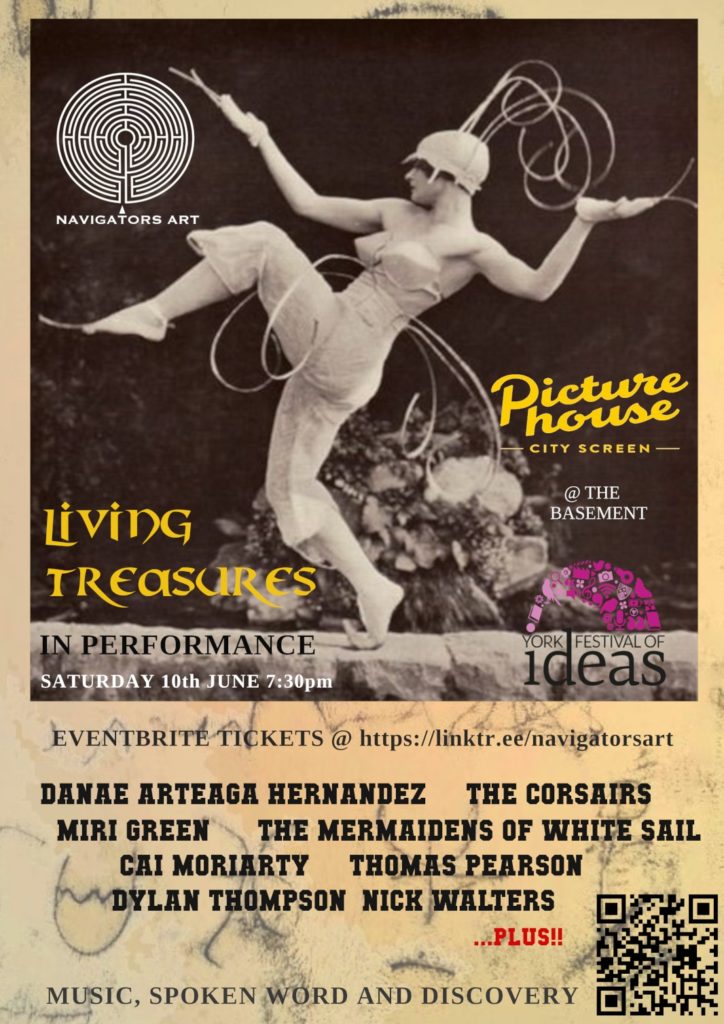
Navigators Art & Performance: the back story
THIS York collective of artists, writers and performers engages in community activities.
A three-month residency at the StreetLife hub in Coney Street featured an exhibition and a live event.
This summer, the collective programmed three events – an exhibition, a live performance and a film screening – for the 2023 York Festival of Ideas.
The collective is keen to mentor young and emerging artists and offers a platform to those who are underrepresented for reasons of social and cultural background or health issues.
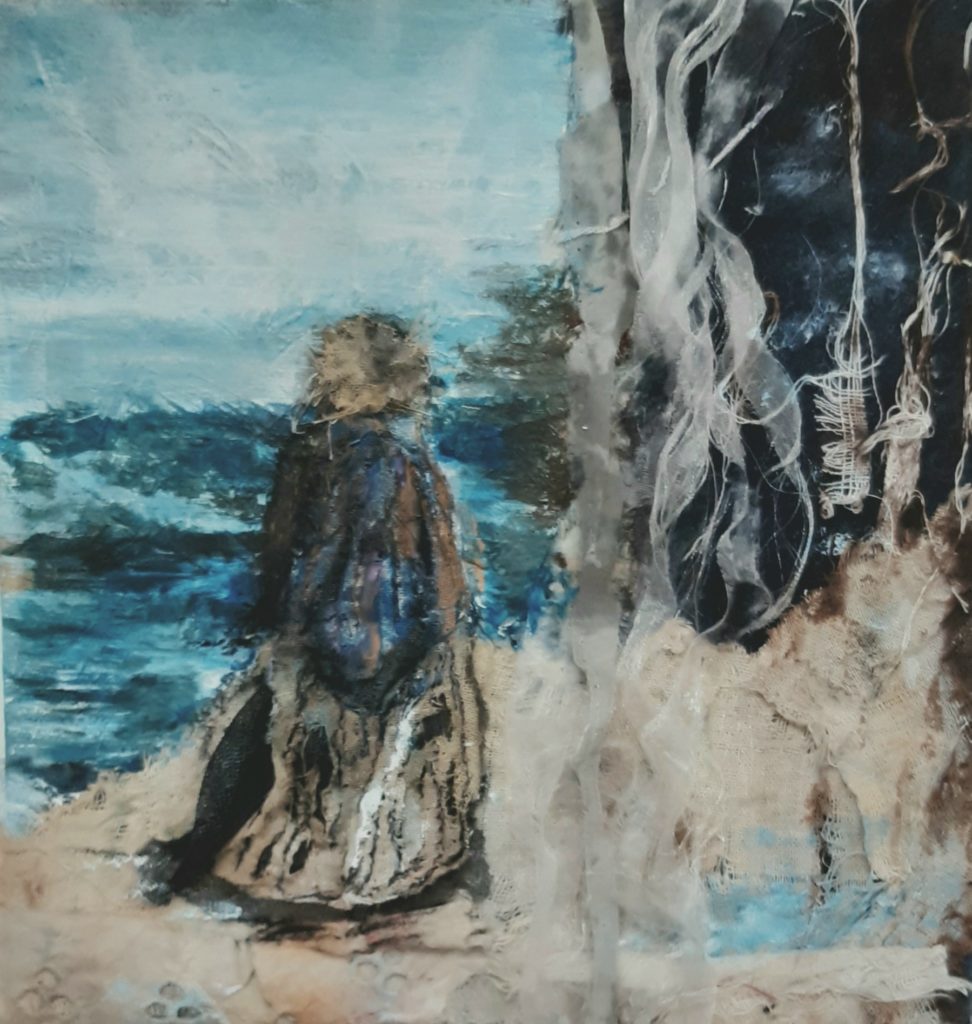
What artists need to do to apply to exhibit in the Punk/Jazz exhibition
SEND high-res images or scans of up to three original works to navigatorsart@gmail.com.
Subject heading: your name, then ‘Punk’ or ‘Jazz’ or ‘Both’.
Give details of:
1. The medium and size of each piece plus its title and price (this doesn’t need to be exact).
2. A bit about yourself as a person and your experiences/achievements in making art.
3. How you relate to the exhibition theme and why Punk or why Jazz? If there is a crossover, explain how and why.
If selected, you must:
1. Transport your own work and instal and take down on the specified dates (times TBC) or arrange an alternative.
2. Commit to sharing promotional activities and responsibilities, such as online posts and physical flyer distribution.
3. Agree to share promo costs and necessary expenses: this should not be more than the price of a few pints each.
No submission fee applies. No commission will be charged on sales.
The venue will take 25 per cent commission, so factor that in when deciding prices.
Navigators Art & Performance will decide on selections by August 1. “If you’re in, we’ll tell you which of your submissions we’ve chosen,” says co-founder Richard Kitchen.

